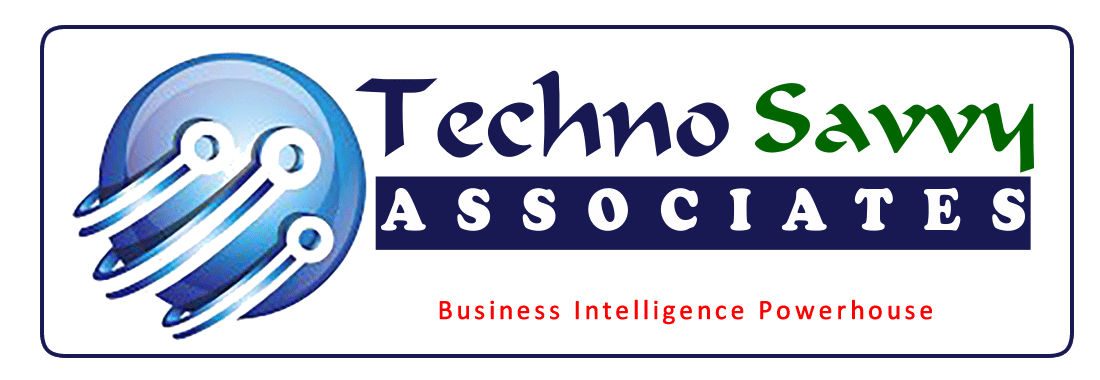Choosing between in-house and cloud-based information systems has been a challenging task for many organizations. It involves a careful evaluation of multiple factors, including cost, security, scalability, and customization. Both options have their own advantages and disadvantages, and the final decision depends on the specific needs and objectives of the organization.
An on-premise operations system is one that is installed and run on servers that are physically located within your organization. This option gives you complete control over your data and allows you to customize the system to meet your specific needs. While a cloud-based system is one that is hosted on remote servers and accessed through the internet. This option offers more flexibility and scalability since you can easily add or remove resources as needed. Additionally, a cloud-based system can be more cost-effective since you don’t have to invest in expensive hardware upfront.
This article aims to examine the advantages and disadvantages of both options and offer recommendations on the infrastructure that may be most suitable for your organization. Below are some of the pros and cons to be considered before a decision is made.
Advantages of In-House Information Systems:
- Control: In-house information systems provide complete control over your data and infrastructure. You have the ability to customize the system to meet your specific needs and can ensure that your data is stored and managed according to your organization’s standards.
- Security: In-house information systems are generally considered more secure since your data is not stored in the cloud. You have more control over your security measures and can ensure that your data is protected from unauthorized access or data breaches.
- Customization: In-house information systems offer more customization options since you have complete control over the infrastructure. You can tailor the system to meet your specific needs and can add or remove features as needed.
Disadvantages of In-House Information Systems:
- Cost: In-house information systems require a significant upfront investment in hardware, software, and maintenance. Additionally, ongoing maintenance and updates can be costly and time-consuming.
- Scalability: In-house information systems have a fixed capacity, which can limit your organization’s ability to scale up or down as needed. If your organization experiences rapid growth or fluctuations in demand, in-house systems may not be able to keep up.
- Expertise: In-house information systems require a dedicated IT team to manage security, updates, and maintenance. If your organization does not have the necessary expertise in-house, you may need to invest in additional training or hire external consultants.
Advantages of Cloud-Based Information Systems:
- Cost: Cloud-based information systems offer a pay-as-you-go model that can be more cost-effective in the long run. You don’t have to invest in expensive hardware upfront and can easily add or remove resources as needed.
- Scalability: Cloud-based information systems are highly scalable and can easily accommodate rapid growth or fluctuations in demand. You can add or remove resources as needed, which allows you to scale up or down quickly.
- Maintenance: Cloud-based information systems are managed by third-party providers who handle updates and maintenance. This frees up your IT team to focus on other tasks and can reduce the overall cost of maintaining the system.
Disadvantages of Cloud-Based Information Systems:
- Control: Cloud-based information systems offer less control over your data and infrastructure. You are reliant on third-party providers to manage your data and may not have the same level of customization options.
- Security: Cloud-based information systems are generally considered less secure since your data is stored in the cloud. While third-party providers have dedicated security teams, there is always a risk of data breaches or unauthorized access.
- Customization: Cloud-based information systems offer less customization options since they are more standardized. You may not be able to tailor the system to meet your specific needs and may have to rely on third-party providers for additional features or functionality.
When deciding between an on-premise operations system and a cloud-based system, it’s important to consider your organization’s specific needs and goals. Here are some factors to consider:
- Budget: If your organization has limited funds upfront, a cloud-based system may be the better option since it requires lower upfront costs. In-house systems require a significant upfront investment in hardware, software, and maintenance, while cloud-based systems offer a pay-as-you-go model that can be more cost-effective in the long run. However, it’s important to note that the costs of cloud-based systems can add up over time, especially if your organization needs additional storage or processing power.
- Security: If your organization deals with sensitive data, an on-premise system may be the better option since it offers more control over your data and can be more secure. In-house systems offer more control over your data, which can make them more secure. However, they also require a dedicated IT team to manage security and updates. Cloud-based systems, on the other hand, are managed by third-party providers who have dedicated security teams and can offer advanced security measures. However, there is always a risk of data breaches or unauthorized access since your data is stored in the cloud.
- Scalability: If your organization expects to grow rapidly or experience fluctuations in demand, a cloud-based system may be the better option since it offers more flexibility and scalability. In-house systems have a fixed capacity, which can limit your organization’s ability to scale up or down as needed. Cloud-based systems, on the other hand, offer more flexibility and can be easily scaled up or down depending on your organization’s needs.
- Customization: If your organization has specific needs that cannot be met by a standard system, an on-premise system may be the better option since it allows for more customization. In-house systems offer more customization options since they can be tailored to meet your organization’s specific needs. Cloud-based systems, on the other hand, are more standardized and may not offer as many customization options.
Conclusion:
Choosing between in-house and cloud-based information systems requires a careful evaluation of multiple factors, including cost, security, scalability, and customization. Both options have their own set of advantages and disadvantages, and the final decision depends on the specific needs and goals of the organization. In-house information systems offer more control and customization options, but require a significant upfront investment and ongoing maintenance. Cloud-based information systems are more flexible and cost-effective, but offer less control over your data and infrastructure.
Recommendation:
Based on the evaluation of the advantages and disadvantages of both options, I recommend that organizations consider a hybrid approach. This approach involves using in-house systems for critical data and applications that require high levels of security and customization, and using cloud-based systems for less critical data and applications that require more flexibility and scalability. This approach allows organizations to take advantage of the benefits of both options while minimizing the drawbacks. Additionally, it’s important to carefully evaluate potential vendors and ensure that they meet your organization’s specific needs and requirements. Ultimately, the decision should be based on a thorough analysis of your organization’s requirements and objectives.



